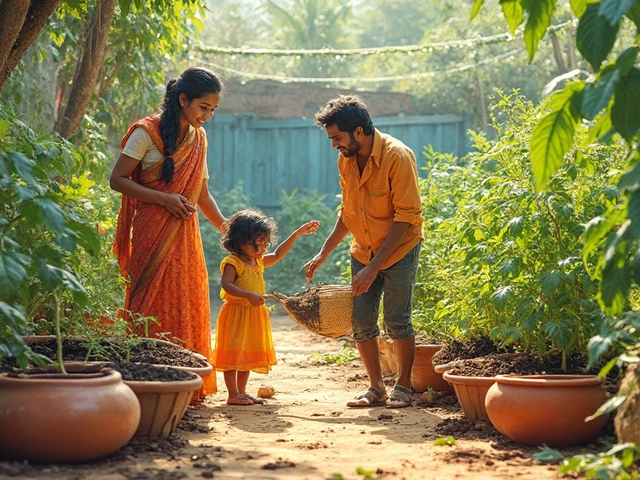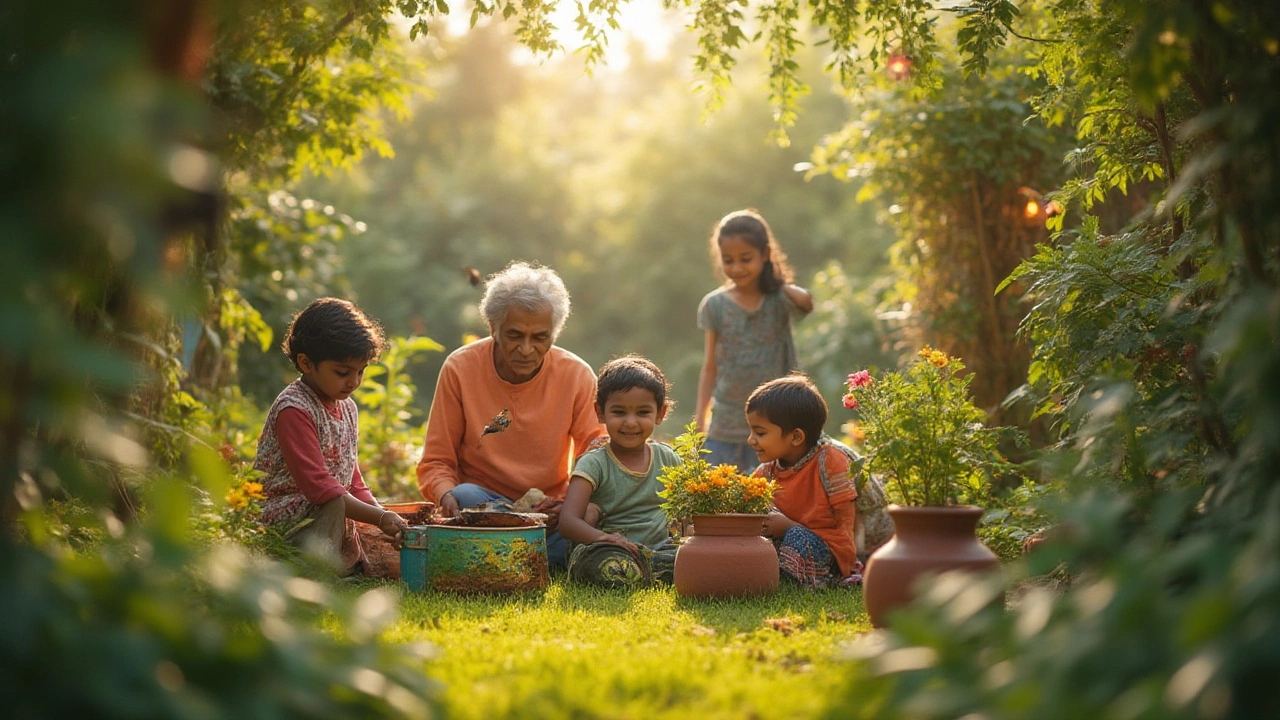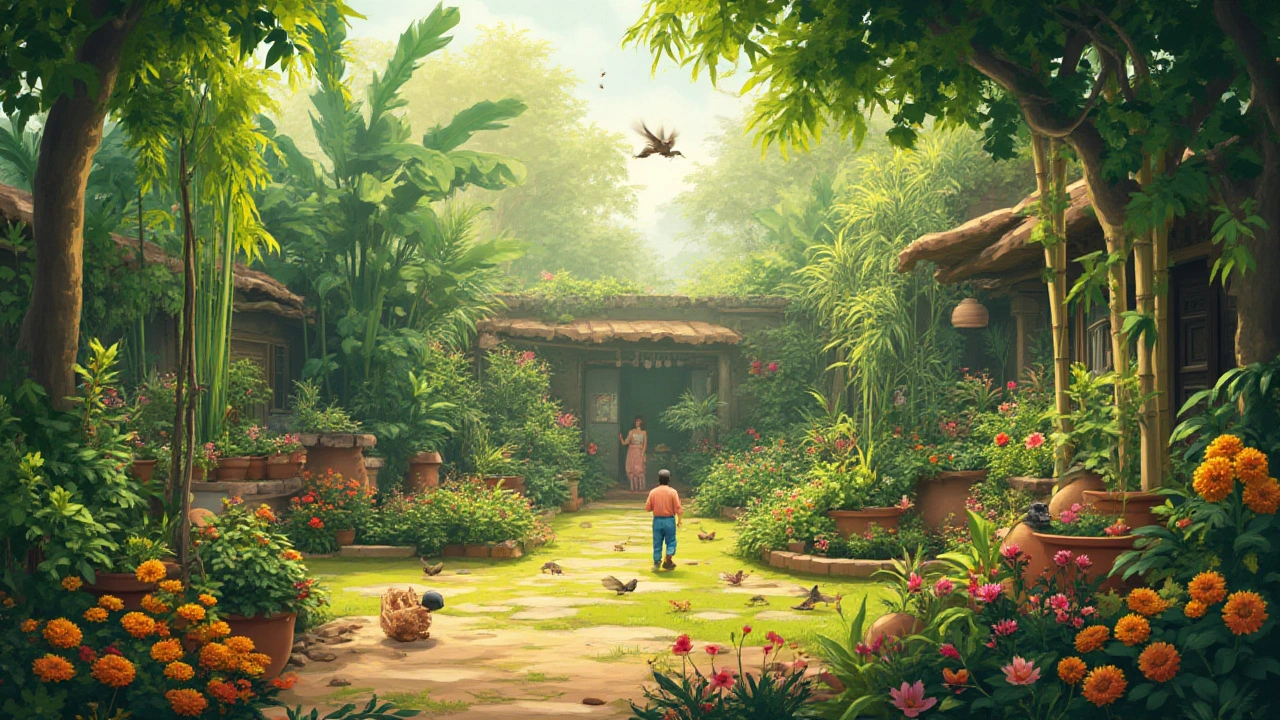Native Plants – Your Easy Guide to Greener Indian Gardens
Thinking of a garden that looks good and needs less work? Native plants are the answer. They’re already adapted to India’s climate, soil, and pests, so they grow with less water and fewer chemicals. Let’s see why they matter and how you can start using them today.
Why Choose Native Plants?
First off, native plants love the local weather. Whether you’re in the hot Deccan plateau or the cool hills of Himachal, a native species already knows how to survive the temperature swings. That means you’ll waste less water, which is a big win during the dry season.
Second, they fit right into the soil you have. Indian soils range from laterite to black cotton, and native roots are built to tap the nutrients there. You won’t need to buy expensive soil amendments for every new plant.
Third, local insects and birds recognize native plants as food and shelter. That natural partnership reduces pests without spraying chemicals. Your garden becomes a mini‑ecosystem that looks vibrant and stays healthy.
How to Pick the Right Native Species
Start by mapping your garden’s micro‑climate. Note where the sun hits full‑time, where it’s shady, and which part stays moist. Then check the plant’s hardiness zone – most Indian native guides list the zones they thrive in.
Next, think about soil texture. If you have heavy clay, look for species like Rosa centifolia or Casuarina equisetifolia that tolerate compacted ground. For sandy soil, try Prosopis juliflora or desert‑loving grasses.
Don’t forget height and spread. A tall native tree can provide shade for low‑lying shrubs, while ground‑cover natives like Trianthema portulacastrum keep weeds at bay.
Buy from local nurseries that specialize in native stock. They’ll have the right varieties and can give you advice on planting depth and spacing. If you can’t find a plant, consider growing it from seed – many Indian natives germinate easily with just a warm, moist environment.
When you plant, mix a little compost into the hole. It gives the young roots a quick boost while still keeping the soil’s natural character. Water deeply once, then let the rain or natural moisture do the rest.
Pair compatible plants together – this is where companion planting shines. For example, planting Moringa oleifera near Azadirachta indica can attract beneficial insects that keep leaf‑eating bugs away. Our article on sister plants gives more ideas on smart pairings.
Finally, keep an eye on growth in the first few weeks. If a plant looks wilted, check if it’s in the wrong sunlight spot or if the soil drains too fast. Small adjustments early on prevent bigger problems later.
Native plants also fit perfectly into a sustainable garden plan. By reducing water use, cutting down on chemicals, and supporting local wildlife, they help you meet eco‑friendly goals without extra effort. Check out our “Sustainable Gardening” guide for more ways to make your garden greener.
So, ready to give native plants a try? Pick a few species that match your garden’s vibe, plant them with simple care, and watch the garden become lower‑maintenance and more lively. Native plants are the shortcut to a beautiful, resilient Indian garden.
Eco-Friendly Yard Ideas: Sustainable Tips for a Greener Outdoor Space
See how to make your yard more eco–friendly. Discover simple tips, native plant picks and sustainable strategies for water, soil and wildlife.
Top Plants for a Sustainable Garden: Eco-Friendly Choices That Thrive
Want a garden that's eco-friendly and simple to maintain? Discover the best sustainable plants and tips to make your backyard thrive naturally.
About
Sustainable Gardening, Gardening
Latest Posts
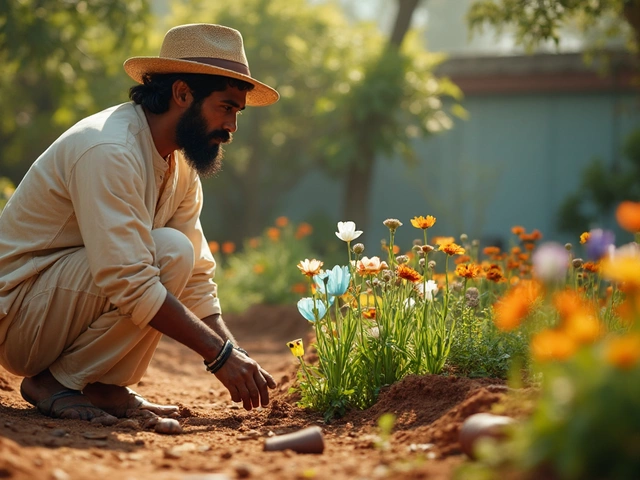

Disadvantages of Having a Balcony Garden
By Alden Thorne Mar 10, 2025
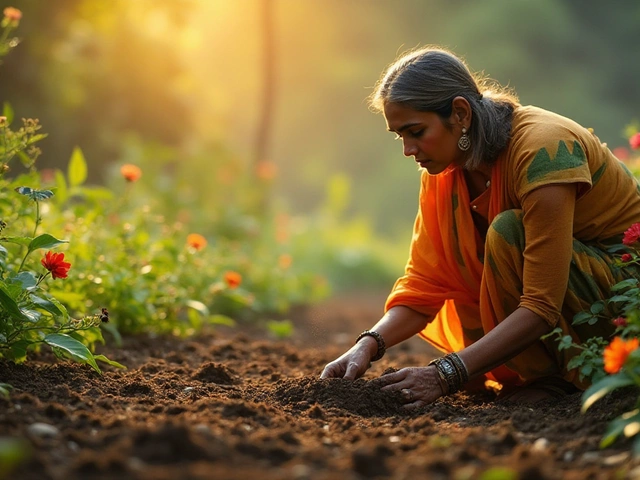
Unlocking the Secrets of Regenerative Gardening for a Greener Planet
By Alden Thorne Nov 24, 2024

Which Is the Luckiest Flower in India? Discover Spiritual and Cultural Wonders
By Alden Thorne Aug 2, 2025
